US Church Records for Genealogy and More Now Online
Using US church records for genealogy can help you solve brick walls in your family history research. Now online: Swedish-American, Presbyterian, Catholic and Methodist! Also: Connecticut newspapers, NY passenger lists, and vital records from Michigan, Montana, New Hampshire, New Jersey and Tennessee.
Featured: Swedish American church records
New on Genealogy Giant Ancestry.com is a collection you’ll want to search if you have Swedish roots: U.S., Evangelical Covenant Church, Swedish American Church Records, 1868-1970. According to the site, “The records in this collection consist of administrative records from select affiliates of the Evangelical Covenant Church in America. Indexes have been provided for baptisms, marriages, burials, and membership records (arrivals, dismissals, and member lists), as well as congregational histories and biographical files of church leaders.”
“The member lists in particular have a wealth of information, including vital dates and emigration information. Some member lists may include the location in Sweden an individual or family was originally from. Records are written in either English or Swedish.” Although Swedish immigrants most famously settled the farmlands of the Midwest, this collection includes records from all over the country. States include CA, CO, CT, FL, ID, IL, IA, KS, MA, MI, MN, MO, NE, NJ, NH, NY, PA, RI, SD, TX, VT, WA, WI and WY. A smaller, related collection is also new at Ancestry.com is U.S., Evangelical Free Church of America, Swedish American Church Records, 1800-1946.
Ancestry.com has also been adding to another U.S. church record collection on the site: U.S., Presbyterian Church Records, 1701-1970. “This collection currently includes baptism, marriage, death, burial, and other records from Presbyterian churches” in 48 states and Washington, D.C., states the collection description. “Records from additional churches will be added in future updates to this collection.” This collection now contains more than 4.5 million records and is sourced from original church registers at the Presbyterian Historical Society in Philadelphia, Pennsylvania.
More US church records, vital records and more…by state
Connecticut. The Genealogy Giant MyHeritage.com has published a new collection with more than 2.3 million records: Connecticut Newspapers, 1791-2009. Among titles included in this list are The Catholic Press, Meriden Record, Meridan (Daily) Journal, Record-Journal, The Norwalk Hour, Meriden Daily/Weekly Republican, Hartford Weekly Times, The Ridgefield Press, The Wilton Bulletin, The Journal, Bridgeport Morning News, Bridgeport Herald, The Redding Pilot, The Evening Hour, The Bristol Herald and The Branford Opinion.
Massachusetts. The New England Historic Genealogical Society continues to update its collections of Massachusetts: Roman Catholic Archdiocese of Boston Records, 1789-1900 on subscription site AmericanAncestors.org. Recent additions (with thousands of names) include the parishes of St. Bernard (Newton), St. Ann (Dorchester), St. Anthony of Padua (Allston) St. Jean Baptiste (Lowell), St. Augustine (South Boston) and Immaculate Conception (Marlborough).
For your information, Ancestry.com hosts a related database that has also recently been updated: Massachusetts, Boston Archdiocese Roman Catholic Sacramental Records, 1789-1900.
Michigan. Ancestry.com has updated Michigan, Death Records, 1867-1950, now with over 8.3 million records! According to the site, “this collection contains death registers (1867-1897) as well as certificates (1897-1941)…. Due to privacy laws, images are only available for records that are more than 75 years old.”
Montana. Ancestry.com has updated Montana, County Marriage Records, 1865-1993, with “county marriage records from various counties in Montana. Details vary, but may include the following information for both the bride and groom: name, age at marriage, marriage date, marriage place [and] parents’ names.
New Hampshire. Now on Findmypast.com is a browse-only collection, New Hampshire, Town Clerk, Vital and Town Records 1636-1947, with more than 400,000 vital and town records acquired from the offices of local town clerks in New Hampshire. According to the site, “The collection includes records of births, marriages, and deaths; vital registers; indexes; minutes of meetings; and records of other civic activities.” (This collection comes from FamilySearch; you can search their free index and images here.)
Also for New Hampshire: Ancestry.com has updated its collection, New Hampshire, Marriage and Divorce Records, 1659-1947.
New Jersey. After a recent update, Ancestry.com now boasts nearly three-quarters of a million records in its collection New Jersey, United Methodist Church Records, 1800-1970. These are sourced from the Greater New Jersey United Methodist Church Commission on Archives and History in Madison, New Jersey, and includes baptism, marriage, burial, and membership records from mostly-closed churches within that region.
Also for New Jersey: the nonprofit activist group Reclaim the Records has published New Jersey Marriage Index, 1901-2016 and New Jersey Birth, Marriage, and Death Indices, 1901-1903 and 1901-1914 on the Internet Archive, making them “totally digital, and totally free—forever.” Subscribers of Genealogy Giant Findmypast.com may find it more convenient to search part of these records on Findmypast in New Jersey Death Index 1901-1903 and New Jersey Marriage Index 1901-1914.
New York. The collection New York State, Passenger and Crew Lists, 1917-1967 has recently been updated at Ancestry.com, now with nearly 9.5 million records. The collection description includes this explanation: “Contained in this database are passenger arrival and departure lists, and crew arrival and departure lists for vessels that were filed at various ports in New York. The captain or master of each vessel was required to submit these lists to the Immigration and Naturalization Service (INS) upon arrival if they had departed from a Canadian or other foreign port, or whose last scheduled U.S. port of arrival was in New York.”
Tennessee. Ancestry.com has updated its collection Tennessee, Death Records, 1908-1958, so that it now boasts nearly 3.9 records. According to the collection description, “This collection contains information regarding: name of the deceased, age at time of death, death place, death date, gender, birth date, birthplace, parents’ names [and] parents’ birthplace. Additional information, such as occupation, cause of death, and date and place of burial, may be available on the original record and can be obtained by viewing the image. The name of the informant providing this information is also given, and may be useful in evaluating the reliability of the data.” A related Tennessee collection at Ancestry.com has also been updated recently: Tennessee, City Death Records, 1872-1923.
Find your Swedish ancestors
Are you intrigued by those new Swedish American church records but you’re not sure how to find your Swedish ancestors in them–or what the records say if you DO find their names? Beginning Swedish genealogy can be daunting. But don’t let language barriers or unfamiliar naming traditions deter you! Check out these getting-started tips for Swedish research from an expert at Legacy Tree Genealogists.
Disclosure: This article contains affiliate links and Genealogy Gems will be compensated if you make a purchase after clicking on these links (at no additional cost to you). Thank you for supporting Genealogy Gems!

About the Author: Sunny Morton
Sunny is a Contributing Editor at Lisa Louise Cooke’s Genealogy Gems; her voice is often heard on the Genealogy Gems Podcast and Premium Podcasts. She’s known for her expertise on the world’s biggest family history websites (she’s the author of Genealogy Giants: Comparing the 4 Major Websites); writing personal and family histories (she also wrote Story of My Life: A Workbook for Preserving Your Legacy); and sharing her favorite reads for the Genealogy Gems Book Club.

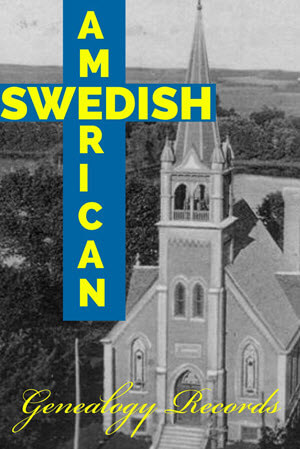
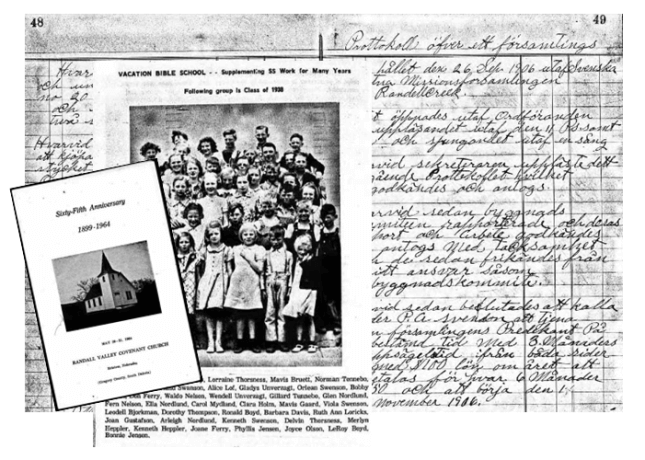
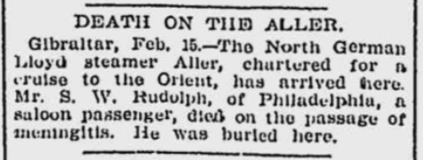
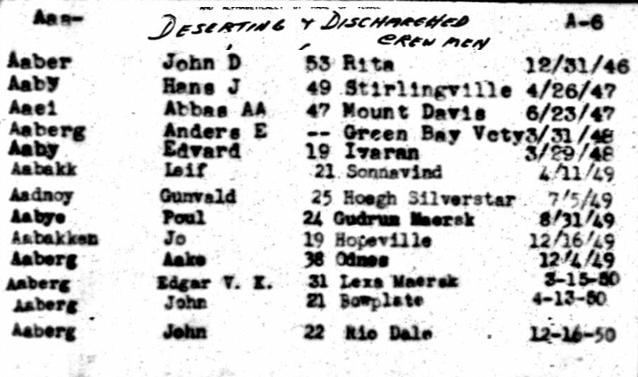
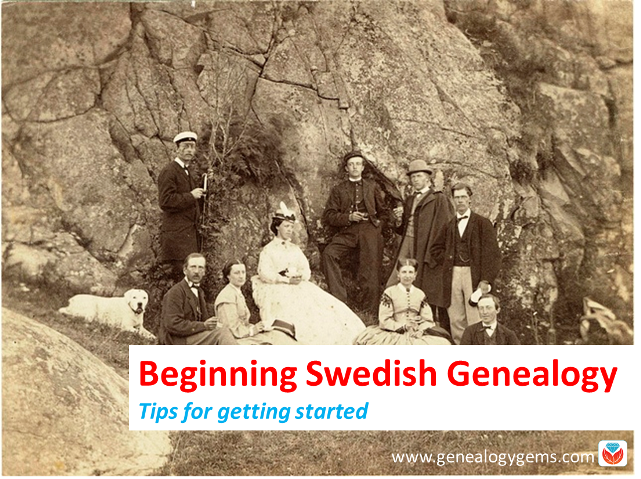
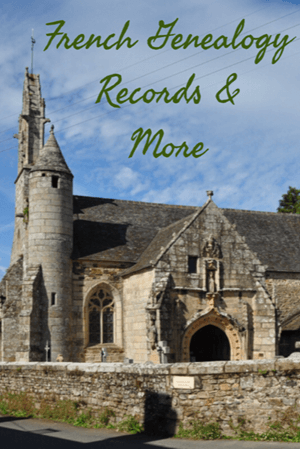
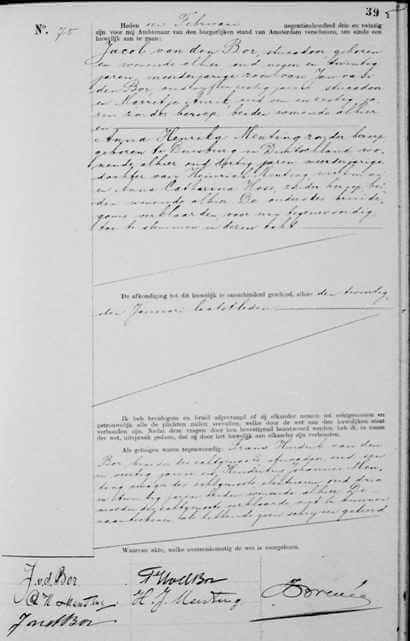

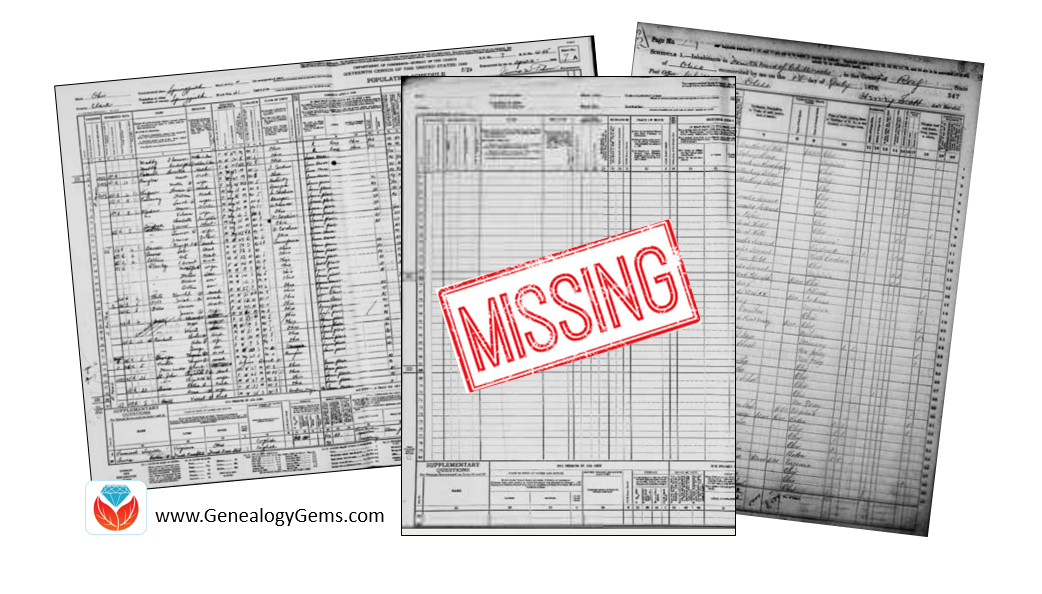

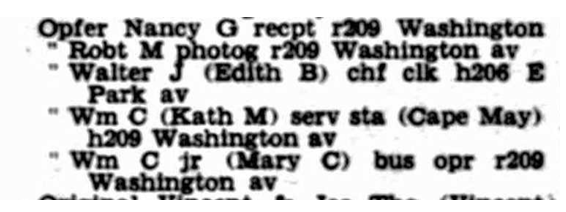


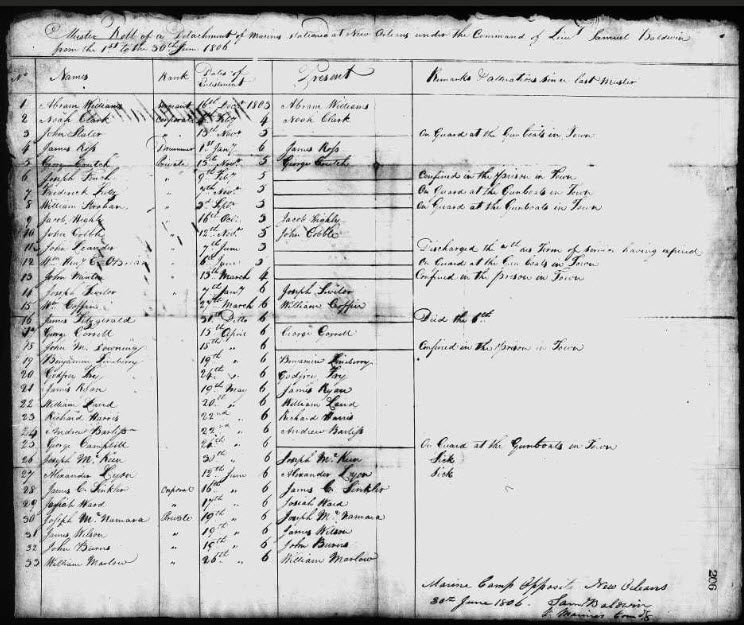
 Lastly, Findmypast has been adding to their over 4 million
Lastly, Findmypast has been adding to their over 4 million 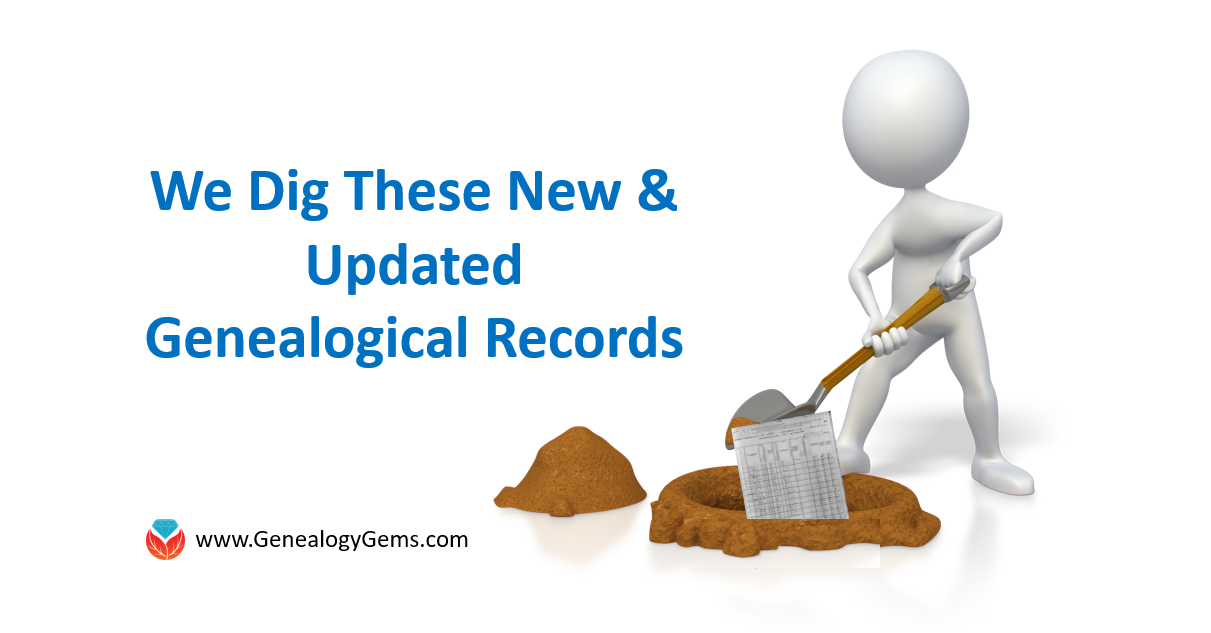 Here’s our weekly roundup of new genealogy records online. This week: Great Britain, Ireland, Sweden, the U.S. and Australia.
Here’s our weekly roundup of new genealogy records online. This week: Great Britain, Ireland, Sweden, the U.S. and Australia. Thank you for sharing this list with every genealogist you know who might be interested! We love sharing good news about new genealogy records online.
Thank you for sharing this list with every genealogist you know who might be interested! We love sharing good news about new genealogy records online.


